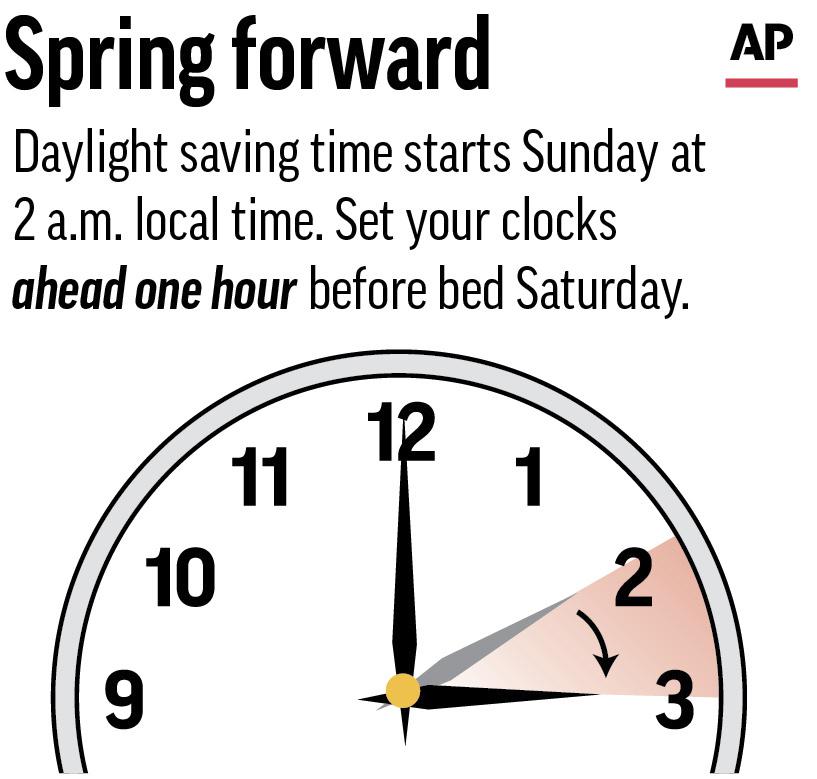By JON GAMBRELL

People gather at the site of a Saudi-led airstrike near Yemen's Defense Ministry complex in Sanaa, Yemen, Saturday, Nov. 11, 2017. The world must not lose sight of the plight of those living through the yearslong war in Yemen, Katharina Ritz, the International Committee of the Red Cross’ head of delegation in Yemen said Friday, March 11, 2022, urging continued aid for the Middle East's poorest nation as the war in Ukraine grabs the world's attention. (AP Photo/Hani Mohammed)
DUBAI, United Arab Emirates (AP) — The world must not lose sight of the plight of those living through the yearslong war in Yemen, a Red Cross official said Friday, urging continued aid for the Middle East’s poorest nation as the war in Ukraine grabs the world’s attention.
Katharina Ritz, the International Committee of the Red Cross’ head of delegation in Yemen, also said discussions continue over possible future prisoner swaps between the Houthi rebels and a Saudi-led coalition fighting on behalf of the country’s exile government.
However, a major swap hasn’t happened in several years as the war intensified around several front lines, including the energy-rich city of Marib.
“I think our duty is to respond equally to the needs and do our best,” Ritz told The Associated Press. “I think it’s not about is it Ukraine or not? Now it’s Ukraine and Yemen and Syria and Iraq and Congo and so on. ... We have to add Ukraine on all the crises, but we shouldn’t shift.”
The Iranian-backed Houthis seized Yemen’s capital, Sanaa, in September 2014. A Saudi-led coalition entered the war in March 2015 to back the country’s expelled government.
In the time since, Yemen has become one of the world’s worst humanitarian crisis. More than 150,000 people have been killed in the warfare, according to the Armed Conflict Location and Event Data Project. Those include both fighters and civilians; the most recent figure for the civilian death toll in Yemen’s conflict stands at 14,500.
Also, Saudi airstrikes have killed hundreds of civilians and targeted the country’s infrastructure. The Houthis have used child soldiers and indiscriminately laid landmines across the country.
Meanwhile, the splintered nation has faced the coronavirus pandemic and still sees African migrants hoping to cross Yemen and reach neighboring oil-rich Saudi Arabia.
The country also has been on the brink of famine for years, a crisis that may be exacerbated by Russia’s war on Ukraine. Yemen imports some 40% of its wheat from Russia and Ukraine.
“Now obviously, we have the wheat supply, which will have an impact on the the food supply for Yemen,” Ritz said. “The coping mechanism in the country is very limited, and I think that is going to be a major struggle.”
Meanwhile, the Red Cross continues to have access to prisoners held by militias, the Houthi-controlled government in Sanaa and that of the Yemeni government in Aden, Ritz said. In 2020, the warring sides engineered a mass prisoner exchange, but there hasn’t been one of a similar size since. A 2018 agreement in Stockholm saw the sides agree to swap over 15,000 prisoners.
“The dialogue between the parties is ongoing. The negotiation has never stopped,” Ritz said. “I think it is an important part also to keep the parties on the table engaged.”
The Houthis meanwhile have seized nearly a dozen former Yemeni employees of the U.S. Embassy in Sanaa. Asked about their case, Ritz said prisoners’ families would need to come forward to the Red Cross for its assistance. She declined to say whether the families had.
The Red Cross also saw its name invoked by Saudi Arabia after a coalition airstrike in January struck a Houthi prison in the city of Saada, killing at least 87 people. Saudi Brig. Gen. Turki al-Malki alleged at the time that the Houthis hadn’t reported the site as needing protection from airstrikes to the United Nations and the International Committee of the Red Cross.
“The responsibility remains with the parties of the conflict, Ritz said. “No matter what ICRC says or does not say or does or does not do, the responsibility remains.”
However, Ritz said the Red Cross worked with the Saudi-led coalition, the Houthis and other militias in the war to stress the importance of protecting civilians and civilian infrastructure in the country.
___
Follow Jon Gambrell on Twitter at www.twitter.com/jongambrellAP.











